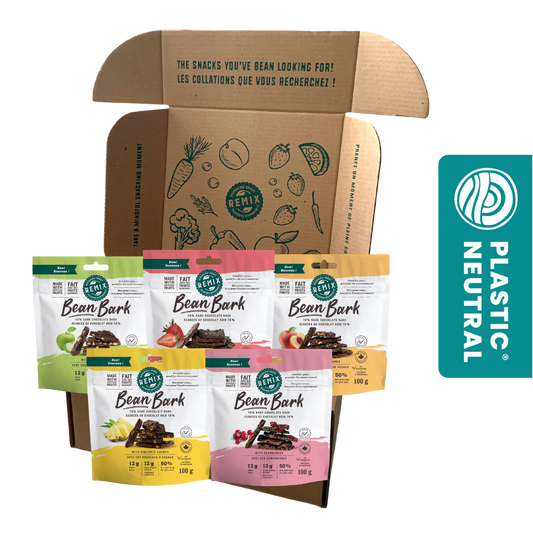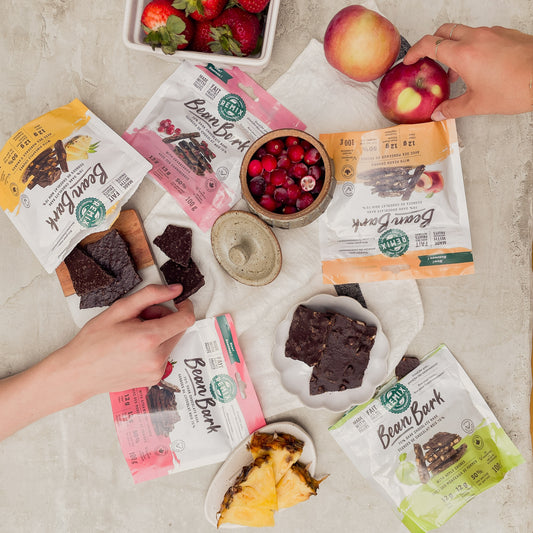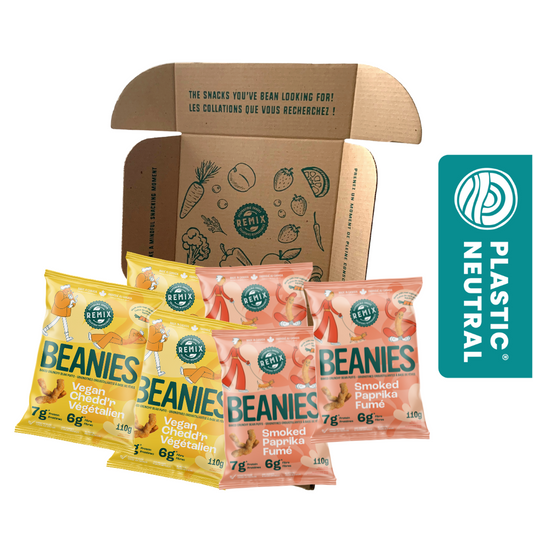Written by: Caitlin Hier, October 2023
Have you ever found yourself sitting at a dinner table with people drinking wine who comment on the tannins? They may describe the tannins as creating a mouthfeel or a drying and silky texture. The word tannins may sound familiar to you without knowing exactly what they are and what they do.
Phytochemicals are found in all plant foods such as fruits, vegetables and grains. They act as the immune system for the plant, and when we eat these foods we benefit as well. Phytochemicals can improve our immunity and act as an antioxidant. Antioxidants help protect our cells from harmful free radicals. Phytochemicals include alkaloids, flavonoids and our word of the day; tannins (Hussain et al., 2019).Tannins are an antioxidant, which means they look for free radicals in our bodies to prevent harm and repair damage (Macáková et al., 2014).
Although we may forget, chocolate comes from a cocoa bean from a cacao tree, therefore containing phytochemicals. The particular phytochemical of interest are tannins which can be found specifically in dark chocolate. Over the years there has been a debate over whether or not tannins are helpful or harmful to our health.
Let’s break down some of the health claims…
Are Tannins Antinutrients?
Tannins have sometimes been called an “antinutrient”, meaning that they can block or interfere with the digestion and absorption of certain nutrients such as iron and protein. They do this by either inhibiting enzymes required for proper absorption or they can make the nutrient’s bioavailability decrease (Gemede et al., 2014).
Are Tannins Anti-inflammatory?
Consuming tannins can impact our bodies through anti-inflammatory foods such as dark chocolate. Tannins can have anti-inflammatory effects such as in the digestive system and the brain. They have the ability to combat many of the harmful bacteria in our guts that can cause digestive system distress (Serrano et al., 2009). Along the same track, tannins are able to then balance our gut bacteria, microbiome, to prohibit unnecessary inflammatory signaling from taking place (Kiss et al., 2018).
Did you know that tannins can help increase happiness and state of mind, as tannins act like an antidepressant? They can do more for the brain than that however. Research has shown that tannins can help protect the brain from a number of illness such as Parkinson’s and Alzheimer’s. According to Ghulam Hussain et al., tannins appear to be able to reduce factors related to these diseases such as inflammation, oxidative stress and brain lesions.
There is a subgroup of tannins called ellagitannins (which is present in dark chocolate) and ellagic acid that have been seen to provide protection against cancer development and tumor formation! As mentioned, tannins contribute to a reduction in inflammation which is known to be a factor in the development of tumours (Ismail et al., 2016).
Why Are the Tannins’ Antioxidant Properties Beneficial?
Free radicals can form in the body, from normal cell functions but they can also form from environmental factors such as pollution and radiation. When there are too many free radicals in our body, our body can become in oxidative stress. This can lead to illnesses such as cancer and neurological disorders (Pham-Huy et al., 2008). Oxidative stress can be helped however, through antioxidants and antioxidant foods (Macáková et al., 2014)!
Is It Safe to Eat Bean Bark?
Well, Bean Bark is made with dark chocolate, which we now know contains tannins. Tannins contain many health benefits, however, there are some concerns about tannins causing a reduced amount of nutrient absorption. How do we balance these claims? Like everything in life, balance is key! Even good nutrients in excess can be detrimental to health, and tannins are no different. That being said, nutrients consumed in moderation and as part of a healthy diet can provide the body with many benefits. Bean Bark contains many health benefits such as fibre and plant-based protein and dark chocolate, giving us our dose of our new anti-oxidant and anti-inflammatory phytochemical; tannins!
References
Fekadu Gemede, H., & Ratta, N. (2014). Antinutritional factors in plant foods: Potential health benefits and adverse effects. International Journal of Nutrition and Food Sciences, 3(4), 284. https://doi.org/10.11648/j.ijnfs.20140304.18
Hussain, G., Huang, J., Rasul, A., Anwar, H., Imran, A., Maqbool, J., Razzaq, A., Aziz, N., Makhdoom, E. U. H., Konuk, M., & Sun, T. (2019). Putative Roles of Plant-Derived Tannins in Neurodegenerative and Neuropsychiatry Disorders: An Updated Review. Molecules (Basel, Switzerland), 24(12), 2213. https://doi.org/10.3390/molecules24122213
Ismail, T., Calcabrini, C., Diaz, A. R., Fimognari, C., Turrini, E., Catanzaro, E., Akhtar, S., & Sestili, P. (2016). Ellagitannins in Cancer Chemoprevention and Therapy. Toxins, 8(5), 151. https://doi.org/10.3390/toxins8050151
Kateřina Macáková, Vít Kolečkář, Lucie Cahlíková, Jakub Chlebek, Anna Hošt’álková, Kamil Kuča, Daniel Jun, Lubomír Opletal, Chapter 6 - Tannins and their Influence on Health, Editor(s): Atta-ur-Rahman, Muhammad Iqbal Choudhary, George Perry, Recent Advances in Medicinal Chemistry, Elsevier, 2014, Pages 159-208, ISBN 9780128039618, https://doi.org/10.1016/B978-0-12-803961-8.50006-3.
Kiss, A. K., & Piwowarski, J. P. (2018). Ellagitannins, Gallotannins and their Metabolites- The Contribution to the Anti-Inflammatory Effect of Food Products and Medicinal Plants. Current medicinal chemistry, 25(37), 4946–4967. https://doi.org/10.2174/0929867323666160919111559
Pham-Huy, L. A., He, H., & Pham-Huy, C. (2008). Free radicals, antioxidants in disease and health. International journal of biomedical science : IJBS, 4(2), 89–96.
Serrano, J., Puupponen-Pimiä, R., Dauer, A., Aura, A. M., & Saura-Calixto, F. (2009). Tannins: current knowledge of food sources, intake, bioavailability and biological effects. Molecular nutrition & food research, 53 Suppl 2, S310–S329. https://doi- org.proxy3.library.mcgill.ca/10.1002/mnfr.200900039





